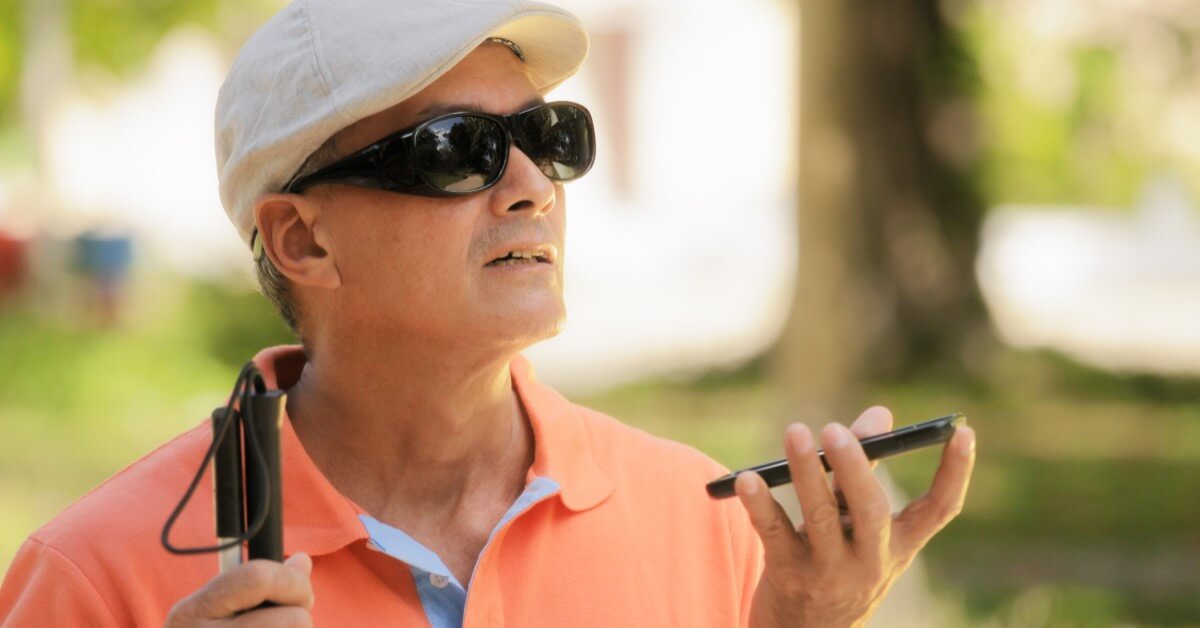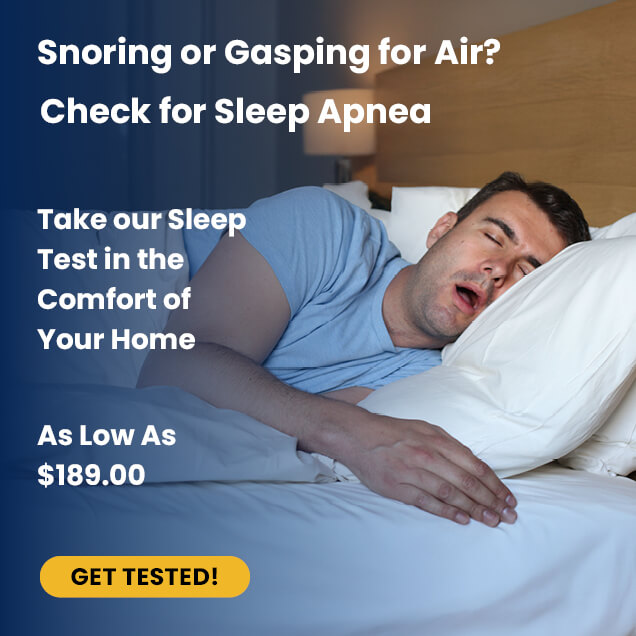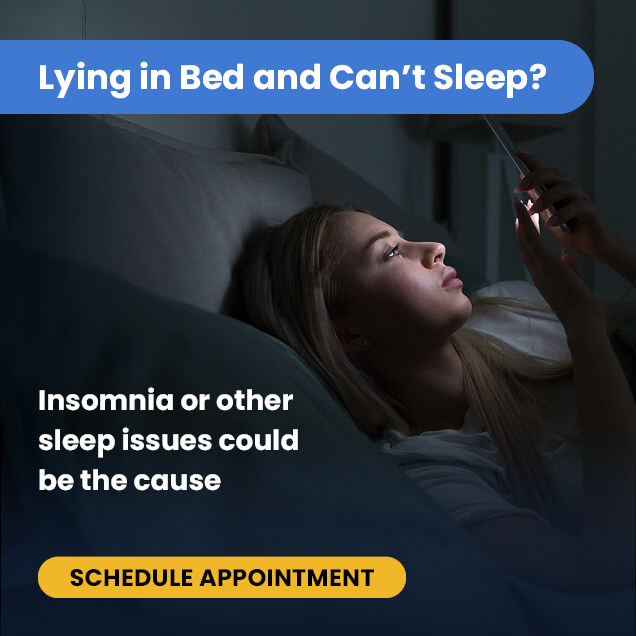Use the player to listen to the article and/or continue to read below.
Causes | Clinical Presentation | Risk Factors | Diagnosis | Treatments
Overview
Alternatively referred to as free-running disorder, non-entrained disorder, or hypernychthemeral syndrome,[1] non-24-hour sleep-wake disorder (N24) is a circadian rhythm sleep disorder in which a person has an irregular, inconsistent sleep pattern that is out of sync with a 24-hour day.
As opposed to falling asleep within a well-defined time range, the sleep time of N24 patients becomes delayed by minutes and hours with each passing day. Eventually, their sleep time goes round the clock.
Patients of non-24-hour sleep-wake disorder are primarily blind individuals lacking light perception. For patients not blind from birth, the loss of light perception occurs during the final stages of vision loss. However, in rare cases, sighted individuals have also been diagnosed.[1]
Although patients with N24 try to adapt to a conventional schedule, they often experience insomnia and are overcome by the effects of cumulative sleep deprivation.
Causes
Blind Patients
N24 in blind patients is primarily caused by the lack of light perception. Humans and other living organisms function in line with a 24-hour light-dark cycle as perceived by one’s eyes, specifically by ganglion cells in the retina.
The retinohypothalamic tract transmits the captured light to the suprachiasmatic nucleus of the hypothalamus. Blind patients may lack these ganglion cells, which results in the brain not receiving light.
Eventually, the timing of circadian rhythms will be out of sync with the 24-hour day; however, not all blind persons lacking light perception develop this disorder.
Sighted Patients
One of the factors responsible for N24 in sighted patients is the delayed sleep-wake phase disorder and its ensuing complications.
In some cases, delayed sleep-wake phase disorder patients developed N24, following chronotherapy: a treatment where the onset of sleep is delayed by several hours each day with the goal of re-entraining to an earlier sleep-wake schedule.[2]
N24 in sighted patients can also be attributed to an internal clock that is significantly longer than twenty-four hours, as well as an abnormal relationship between the homeostatic drive for sleep and the circadian sleep-wake timing.[1]
Clinical Presentation
When a patient’s internal sleep-wake cycle is out of phase with the environment, this patient may complain of nighttime sleeplessness and excessive daytime sleepiness.[1]
Patients may contend with extreme tiredness and exhaustion during the day, which sets in easily and reduces social and occupational functioning.
N24 is cyclical in nature, allowing some patients to feel normal for short periods of time when their body’s rhythm is synchronized with the rhythm of a conventional schedule around them. The patient’s circadian rhythm will inevitably desynchronize from the rhythms of the light-dark cycle or day-night cycle, causing insomnia and excessive daytime sleepiness to return.[3]
Risk Factors
Anyone at any age can be diagnosed with N24. People who are blind are more prone to the disorder because the primary environmental time cue that resets the master body clock back to twenty-four hours each day is daylight detected by one’s eyes.
Without light cues, the master body clock of people who are blind runs on its own non-24-hour internal clock. As a result, the timing of circadian rhythms will be out of sync with the 24-hour day. For sighted people, poor sleep habits and inadequate exposure to daylight are possible risk factors.
Diagnosis
Clinical History
Gathering a patient’s sleep-wake history is a typical starting point for the diagnosis of N24. It is not unusual for patients to confuse N24 symptoms with more common sleep-related conditions so the clinician should be cognizant of the timing of the patient’s sleep-wake cycle and long-established, sleep-related patterns.
Clinicians should take into account a patient’s complaints of insomnia or excessive daytime sleepiness, their sleep schedule, and the absence of daytime fatigue.[3]
Daily Sleep Logs and Actigraphy
Maintaining a daily sleep log for a minimum of two weeks is essential, as it helps the clinician track sleep patterns and emotions.
The presence of non-24-hour sleep-wake disorder can also be confirmed over a minimum of two weeks by the use of actigraphy and an actigraphy log. Actigraphy is a non-invasive means by which human rest-activity patterns are objectively monitored using a wrist-worn device.
Treatments: Medication V. Other Options
Treatment of N24 in blind patients includes melatonin or a melatonin receptor agonist. Both medications serve to align the patient’s endogenous circadian rhythm with the environment.[1]
It is easier to administer melatonin first because it is relatively cheap and can be readily accessed over-the-counter; however, there can be significant variability in the actual melatonin content of the supplement sold.[4]
While long-term safety data are not available, short-term studies hint at melatonin being a relatively safe drug in most patient groups.[5]
Coupled with medicinal approaches, which also include phototherapy (lightbox), scototherapy (dark therapy), Vitamin B12 intake, and blue light avoidance, this disorder may be managed by consistent adherence to a regular sleep-wake schedule.
Conclusion
Each person with N24 has a unique experience. Living with the disorder can be isolating, especially for blind patients. If you suspect that you have N24, please do not hesitate to talk to your doctor about your options.
References:
- Abbott, S.M. (2020, March 3). Non-24-hour sleep-wake disorder. Retrieved from <https://www.uptodate.com/contents/non-24-hour-sleep-wake-rhythm-disorder?search=non%2024%20hour&source=search_result&selectedTitle=1~70&usage_type=default&display_rank=1#H1270507367>
- Oren, D. A., & Wehr, T. A. (1992). Hypernyctohemeral syndrome after chronotherapy for delayed sleep phase syndrome. The New England journal of medicine, 327(24), 1762. Retrieved from <https://doi.org/10.1056/NEJM199212103272417>
- Anonymous (2013, 2017). Non-24-Hour-Sleep-Wake Disorder. Nord: National Organization for Rare Disorders. Retrieved from <https://rarediseases.org/rare-diseases/non-24-hour-sleep-wake-disorder>
- Erland, L. A., & Saxena, P. K. (2017). Melatonin Natural Health Products and Supplements: Presence of Serotonin and Significant Variability of Melatonin Content. Journal of clinical sleep medicine : JCSM : official publication of the American Academy of Sleep Medicine, 13(2), 275–281. Retrieved from <https://doi.org/10.5664/jcsm.6462>
- Buscemi, N., Vandermeer, B., Hooton, N., Pandya, R., Tjosvold, L., Hartling, L., Vohra, S., Klassen, T. P., & Baker, G. (2006). Efficacy and safety of exogenous melatonin for secondary sleep disorders and sleep disorders accompanying sleep restriction: meta-analysis. BMJ (Clinical research ed.), 332(7538), 385–393. Retrieved from <https://doi.org/10.1136/bmj.38731.532766.F6>






